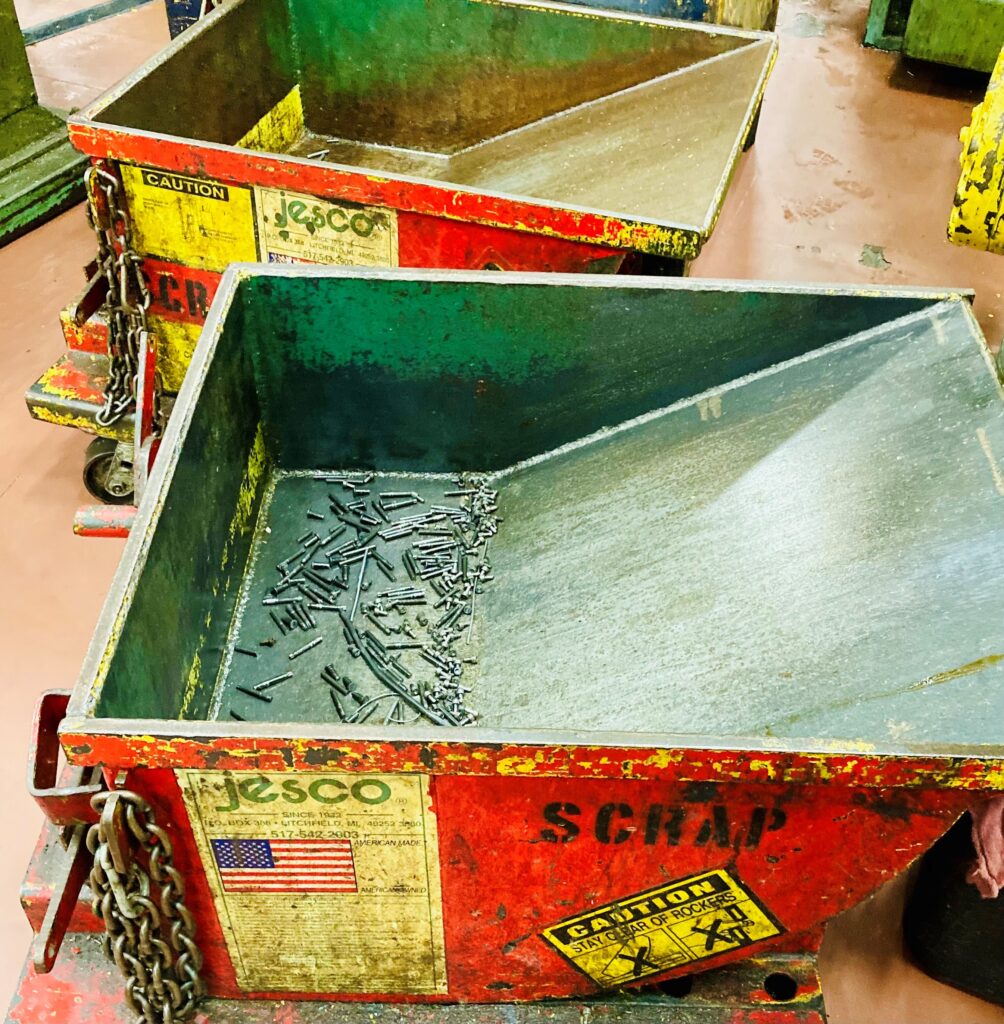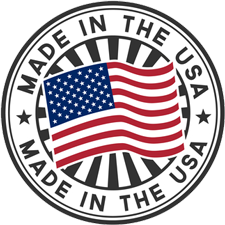Sustainability in Manufacturing at Fastco
As the climate crisis continues, we will all be pressed to come up with innovative ways to reduce our waste and our carbon footprint. From governments to corporations to individuals, there is lots of room for improvement, specifically in the area of sustainability.
While every company needs to look closely at their business practices to come up with ways to increase sustainability (and, more than likely, reduce expenditures as well), we wanted to highlight some recent improvements that our company has made to make our practices more environmentally sustainable and to reduce costs at the same time.
Scrap Reduction

This one may seem obvious, but it’s not easy! We have a goal to reduce our scrap by 25% this year. While the majority of our metal scrap is recycled, it is better to just not waste it at all, from a cost and sustainability standpoint.
In addition to reducing our carbon footprint and wasting material, our company can save tens, even hundreds, of thousands of dollars per year by reducing our scrap. We make this happen with frequent and thorough part checks on machines to avoid cost of poor quality scrap. It is also a matter of paying attention, watching machines, and being intentional when setting up parts and running them.
As a rule, cold heading is a low-scrap process compared to processes like stamping or machining. This is makes it a more cost-effective and sustainable means of fastener production.
Reusing Oil
We’ve got some really innovative team members and one recently suggested that we buy an air pump to add to oil totes in order to recycle cold heading oil for use in thread roll. Reusing the oil not only saves the company money by purchasing less oil and paying less to haul it away as often, but it is also better for the environment.

Timers and LED lighting
Over the last few years, we have been working to replace our old lighting with more efficient LED lights. In addition, many of those lights that are public areas are now on motion sensors to reduce usage.
Recently, one of our preventive maintenance technicians noticed that parts cleaners throughout the facility were always left on. He suggested adding timers to them as well to shut them off automatically when they are not in use.
What sustainable practices has your company put into place? Where do you see manufacturing continue to make sustainability improvements in the years to come?


